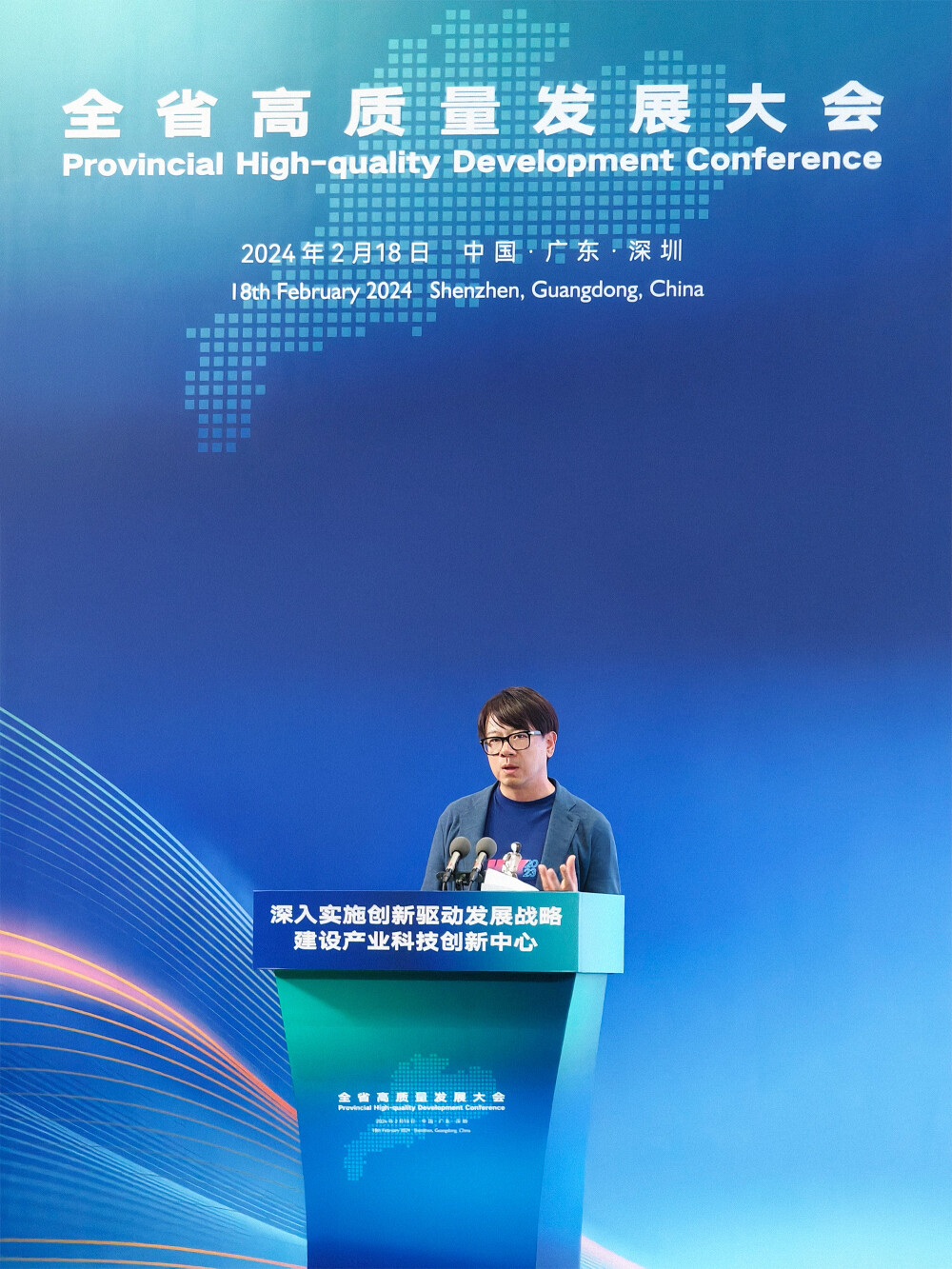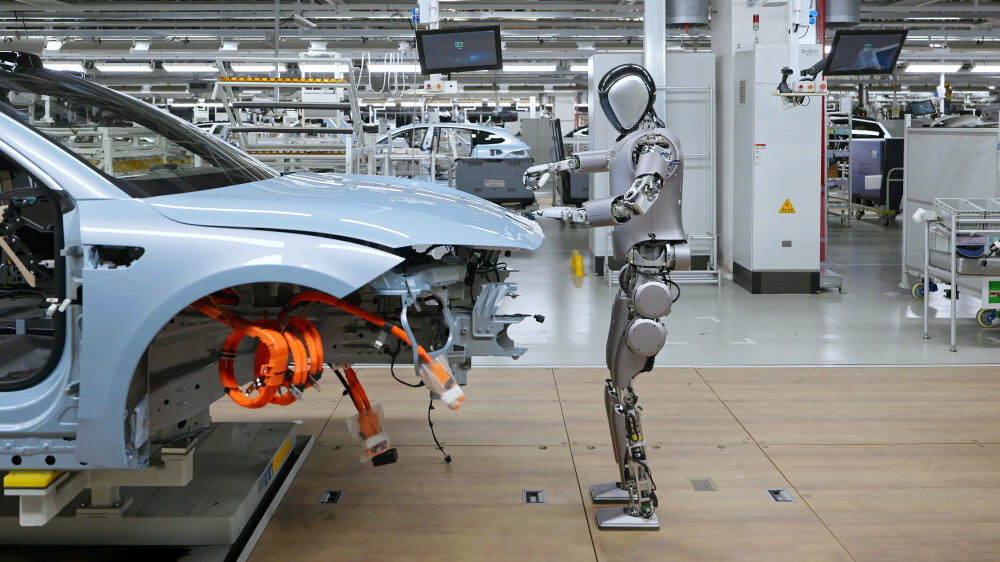When a humanoid robot rang the opening bell at the Hong Kong Stock Exchange for the first time in its 132-year history, UBTECH Robotics, a Shenzhen-based robot developer, became the hottest target of the global media's spotlight.
"Humanoid robots will be one of the biggest beneficiaries of the era of artificial intelligence," said Zhou Jian, founder and CEO of UBTECH Robotics, to GDToday during the Guangdong High-quality Development Conference on February 18.

Zhou mentioned that large models will empower humanoid robots to interact actively, becoming a groundbreaking product that will disrupt industries such as computers, smartphones, and new energy vehicles. However, commercializing humanoid robots still faces challenges in finding suitable applications. The industrial innovative manufacturing sector is one of the critical areas where there is potential for growth, with Walker S already being deployed in automotive factories for "training."
Zhou expressed that the development of humanoid robots no longer faces significant obstacles in terms of hardware or software. However, the long industrial chain of humanoid robots results in high manufacturing costs before mass production. Therefore, the most pressing issue is identifying potential applications and achieving scalable deployment. Actual applications will generate vast amounts of data, driving industry innovation and product iteration. Additionally, as applications become more widespread, industries will be able to mass-produce, leading to a decrease in manufacturing costs and accelerated industry development.
Zhou revealed that his company is collaborating with industry partners to advance the deployment of humanoid robots in the automotive manufacturing sector, jointly establishing pilot demonstration stations. The industrial version of the humanoid robot, Walker S, is currently undergoing on-site "training" in new energy vehicle factories.

According to a guideline unveiled by the Ministry of Industry and Information Technology, China aims to build an innovation system for humanoid robots by 2025, with breakthroughs in key technologies to ensure the safe and effective supply of core components.
The global humanoid robot market is expected to grow at a rate of 52.8 percent per year from 2023 to 2030, according to market research company ReportLinker.
The China Institute of Electronics also forecasts that the domestic scale of the market for humanoid robots is expected to reach about 870 billion yuan ($122 billion) by 2030.
Zhou indicated that UBTECH had been established and grown in Guangdong and received a lot of support from various levels of government, allowing the company to develop as independently as possible.
Currently, tech giants worldwide believe that humanoid robots will be the next revolutionary trend. Zhou believes that if UBTECH roots itself in Guangdong, it will contribute significantly to the development of the entire province, including innovation-driven development, which is a significant boost, as the provincial High-quality Development Conference mentioned.
"I hope UBTECH can achieve this," said Zhou.
Reporter: Hu Nan
Video: Zhang Tianxiong, Deng Yingheng
Editor: Olivia, James
















